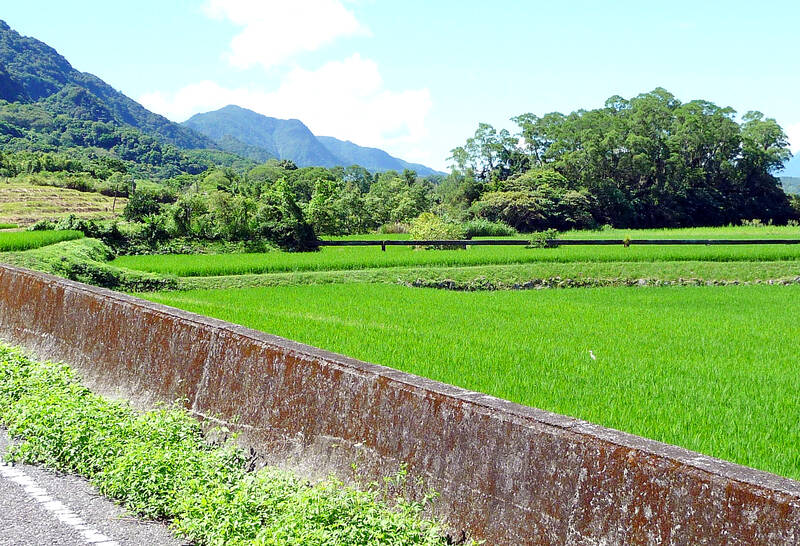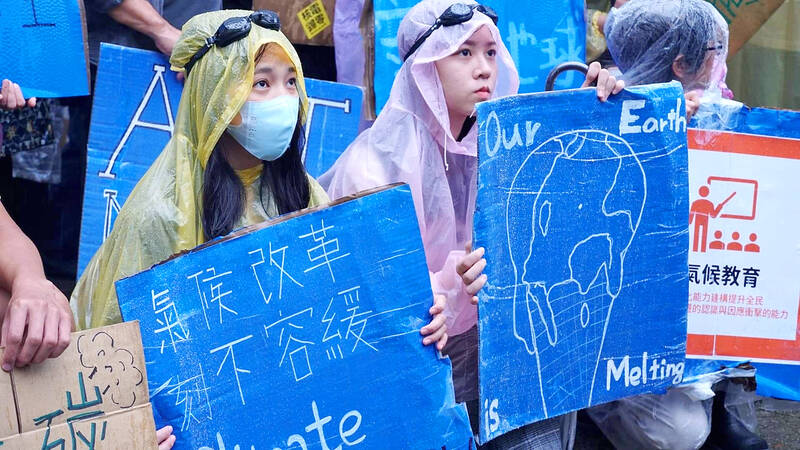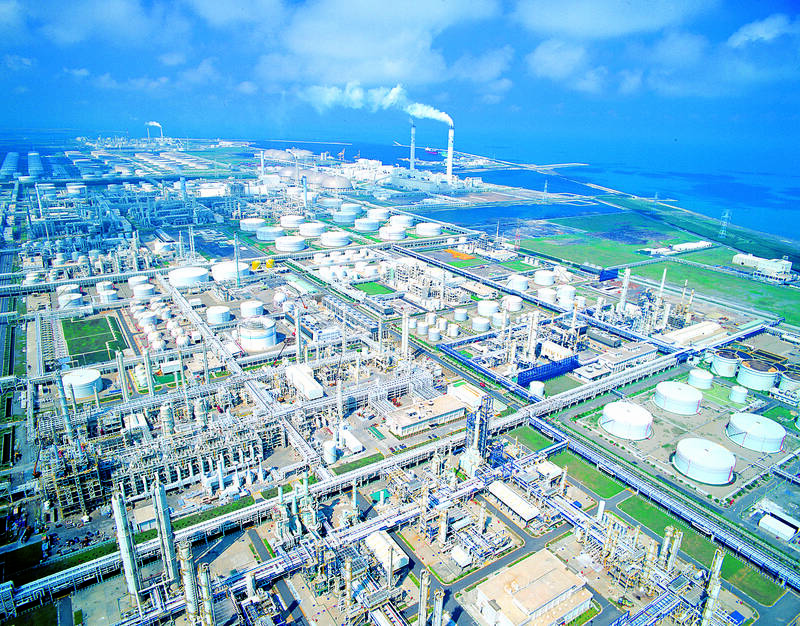Thanks to a newly updated global database of greenhouse gas (GHG) sources and emissions, people around the world can now zoom in on their region, and see how much carbon dioxide power plants and industrial sites are sending into the atmosphere. For anyone concerned about climate change, the information is both engrossing and alarming.
Since its launch in July 2020, Climate TRACE has been identifying sources of GHGs and quantifying their emissions through a combination of satellite imagery, AI, and what its Web site (climatetrace.org) calls “ground truth” data. The last of these are typically measurements generated by on-site sensors that have been calibrated and verified by an independent entity, such as a government environmental-protection unit or an NGO. Around the world, relatively few GHG emitters gather such data; if they do, they don’t always share it. But Climate TRACE believes it’s accumulating enough trusted data to devise algorithms which can accurately predict emissions even in the absence of “ground truth” results.
According to a Dec. 3 article in Science, Climate TRACE was initially supported by personal donations from former US vice president Al Gore and others, and “does not accept corporate or government sponsorship.” However, a key source of funding has been Google.org, the charitable arm of Google.

Photo: Steven Crook
EMISSIONS
Climate TRACE’s first set of results, published two years ago, gave estimates for 72,612 GHG sources. The datasets released at the start of this month, covering emissions last year, are vastly more comprehensive, encompassing 352 million sources across every sector. Among them are airports, agribusinesses, cement makers, coal mines, garbage incinerators and steelworks.
Across the planet, Climate TRACE provides data on 8,545 power stations. In terms of carbon dioxide pollution, Taichung Power Plant (台中發電廠) ranked number two in the world in 2021. Another coal-fired facility, Mailiao Power Plant (麥寮電廠) in Yunlin County, was number eight. They were number one and number nine, respectively, last year. For both, the Climate TRACE rates its data confidence as “medium” — but for very few industrial sites, even in the technologically advanced countries, is data confidence marked as “high” or “very high.”

Photo courtesy of the Taiwan Youth Climate Coalition
Taiwan having a power station that emits more carbon dioxide than any other on Earth is a headline-grabbing fact, but not especially significant. Large coal-fired power plants are usually more efficient than small ones, so it makes sense to concentrate generating capacity.
By itself, Taichung Power Plant is responsible for more emissions — 32.7 MMT (million metric tons) of CO2 last year — than 133 of the 244 countries and non-sovereign territories for which Climate TRACE has collected data. Yet it accounts for just under 11 percent of Taiwan’s total carbon dioxide output, according to the NGO’s estimate for the country’s total emissions last year. And Climate TRACE’s calculations suggest there’s a considerable gap between the numbers announced by Taiwan’s government and actual emissions.
The NGO concluded that, in 2021, Taiwan was the source of 301.25 MMT of carbon dioxide. Their tally for last year is slightly lower at 293.45 MMT. Statistics from the Ministry of Economic Affairs’ Energy Administration show 2021 CO2 emissions totaling 267 MMT.

Photo: Chang Tsun-wei, Taipei Times
UNDERREPORTING
Climate TRACE’s figure for 2021 CO2e (which includes all GHGs, not just carbon dioxide, giving them weights according to how much they contribute to planetary warming) is 330.91 MMT. Yet the Climate Citizen Dialogue Platform (氣候公民對話平臺), a Web site belonging by the Ministry of Enviroment’s Climate Change Administration, put the nation’s GHG emissions in 2021 at 297 MMT CO2e in total, or 275 MMT net “after deducting carbon sinks.”
It isn’t clear if government calculations exclude certain sources, or if major polluters are underreporting.

Photo: Chen Wen-chan, Taipei Times
Taiwan isn’t the only country which appears to undercount its GHG emissions. Climate TRACE says that China’s carbon dioxide emissions last year totaled 12,709 MMT, versus an official figure of 11,397 MMT. The United Arab Emirates, which hosted the recent COP28 climate summit, failed to report any methane emissions for almost a decade, The Guardian reported on Aug. 17. Methane, a potent GHG, is thought to be responsible for about a quarter of global warming.
A Sept. 28 Reuters report points out that, “Taiwan has by far the lowest share of clean electricity in its electricity mix of major economies in Asia.” And a review of Taiwan’s energy situation last year, published on March 25, by National Taiwan University’s Risk Society and Policy Research Center, notes that burning coal is still the country’s number-one method for generating power. The proportion of electricity produced this way declined from 46.11 percent in 2019 to 42.07 percent last year, so there’s been progress — but no one can accuse Taiwan of reckless speed when it comes to phasing out this hideously polluting fossil fuel (see “Environmental Impact Assessment: Can Taiwan kick its coal habit?” in the March 23, 2022 Taipei Times).
In the most recent Climate Change Performance Index (CCPI), published at the COP28 summit, Taiwan was ranked 61st out of 64 economies, a fall of four places compared to last year. The country scored relatively well for climate policy, but poorly in the categories of GHG emissions, renewables and energy use. Acknowledging that Taiwan is not a signatory of the UN Framework Convention on Climate Change, yet seeks constructive participation, the experts who drew up the CCPI demanded an end to fossil fuel subsidies.
Among Climate TRACE’s findings, there’s additional evidence that, when it comes to decarbonizing the economy, Taiwan is moving slowly by international standards.
The Taichung Power Plant last year pumped 2.7 percent less CO2 into the atmosphere compared to the previous year, yet in a ranking of the world’s most carbon-emitting sites, it rose from 34th place to 28th. Mailiao Power Plant achieved a similar cut in emissions, but climbed from 62nd position to 55th. Hsinta Power Plant (興達發電廠) in Kaohsiung, which also produced less pollution last year, moved up 14 places in the ranking, to 140th. This year, Hsinta Power Plant has conducted test firings of coal-hydrogen mixtures to reduce its dependence on coal.
Formosa Plastics Group (FPG), which owns Mailiao Power Plant, plans to convert the plant into one that burns liquified natural gas (LNG) instead of coal. This could happen as soon as 2028.
Taiwan’s two main petrochemical plants recorded impressive reductions in CO2e emissions between 2021 and 2022. The FPG complex at Mailiao (麥寮) emitted 4.874 MMT last year, down from 6.082 MMT — yet it remains the most polluting of the 116 petrochemical facilities around the world monitored by Climate TRACE. The CPC Corporation, Taiwan complex at Linyuan (林園) in Kaohsiung, where annual emissions fell from 2.28 MMT to 1.827 MMT, dropped from 16th in the global rankings to 23rd.
FPG’s 2020 global carbon footprint was 51.83 MMT, greater than that of Switzerland. Like other polluters, it’s under pressure to reduce emissions as international brands seek to decarbonize their supply chains. Climate TRACE has introduced a level of detail and transparency to the process that should accelerate progress.
A Dec. 3 press release by Climate TRACE says that they’ve started collaborating with electric vehicle makers Tesla and Polestar “to enhance their emissions data on steel and aluminum suppliers.” Boeing has also committed to work with Climate TRACE.
For ordinary citizens, it’s a valuable tool for judging whether companies and governments are taking the fight against climate change seriously, and whether the data they share can be trusted.
Steven Crook, the author or co-author of four books about Taiwan, has been following environmental issues since he arrived in the country in 1991. He drives a hybrid and carries his own chopsticks. The views expressed here are his own.

Most heroes are remembered for the battles they fought. Taiwan’s Black Bat Squadron is remembered for flying into Chinese airspace 838 times between 1953 and 1967, and for the 148 men whose sacrifice bought the intelligence that kept Taiwan secure. Two-thirds of the squadron died carrying out missions most people wouldn’t learn about for another 40 years. The squadron lost 15 aircraft and 148 crew members over those 14 years, making it the deadliest unit in Taiwan’s military history by casualty rate. They flew at night, often at low altitudes, straight into some of the most heavily defended airspace in Asia.

This month the government ordered a one-year block of Xiaohongshu (小紅書) or Rednote, a Chinese social media platform with more than 3 million users in Taiwan. The government pointed to widespread fraud activity on the platform, along with cybersecurity failures. Officials said that they had reached out to the company and asked it to change. However, they received no response. The pro-China parties, the Chinese Nationalist Party (KMT) and Taiwan People’s Party (TPP), immediately swung into action, denouncing the ban as an attack on free speech. This “free speech” claim was then echoed by the People’s Republic of China (PRC),

Many people in Taiwan first learned about universal basic income (UBI) — the idea that the government should provide regular, no-strings-attached payments to each citizen — in 2019. While seeking the Democratic nomination for the 2020 US presidential election, Andrew Yang, a politician of Taiwanese descent, said that, if elected, he’d institute a UBI of US$1,000 per month to “get the economic boot off of people’s throats, allowing them to lift their heads up, breathe, and get excited for the future.” His campaign petered out, but the concept of UBI hasn’t gone away. Throughout the industrialized world, there are fears that

Like much in the world today, theater has experienced major disruptions over the six years since COVID-19. The pandemic, the war in Ukraine and social media have created a new normal of geopolitical and information uncertainty, and the performing arts are not immune to these effects. “Ten years ago people wanted to come to the theater to engage with important issues, but now the Internet allows them to engage with those issues powerfully and immediately,” said Faith Tan, programming director of the Esplanade in Singapore, speaking last week in Japan. “One reaction to unpredictability has been a renewed emphasis on